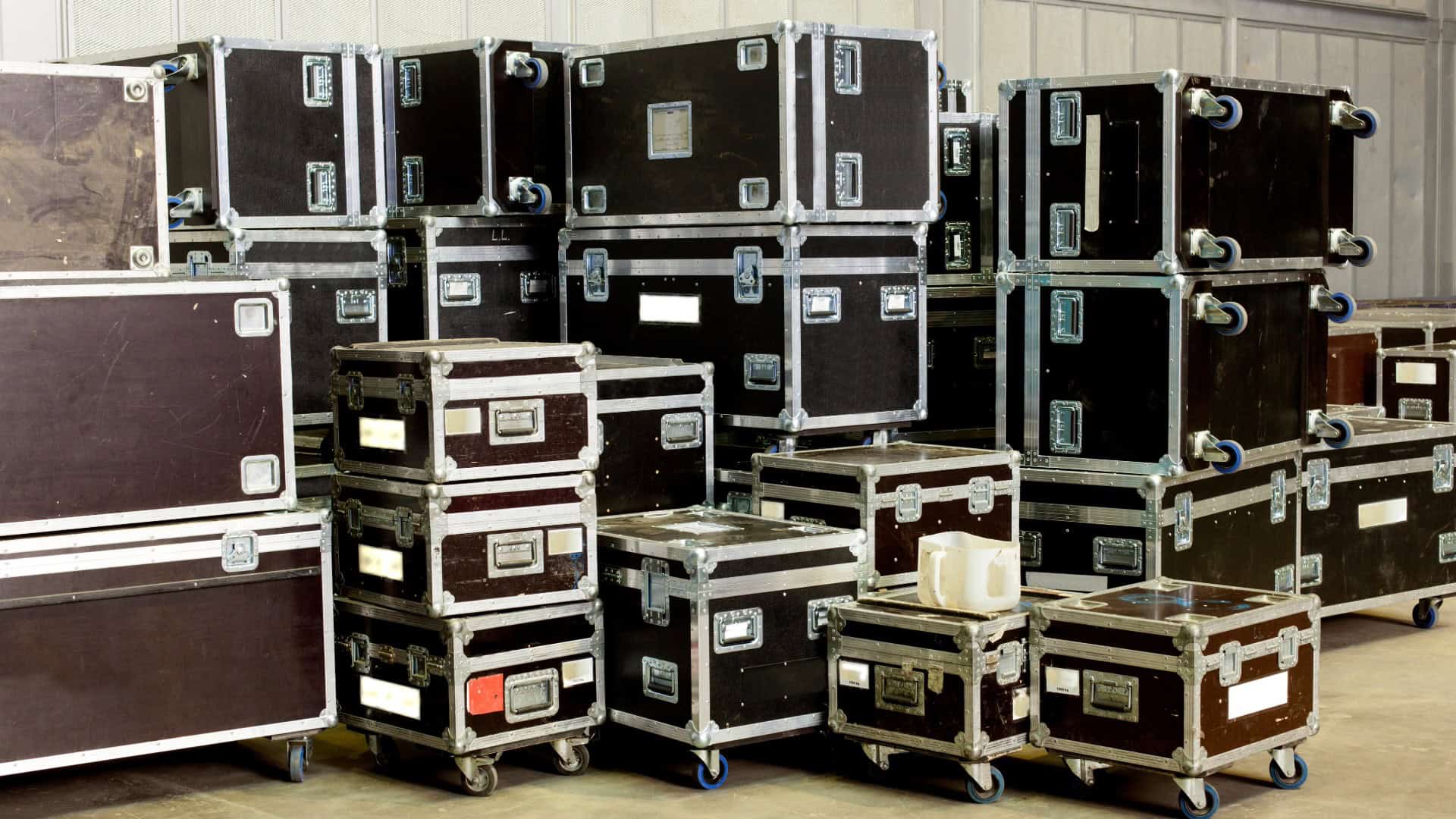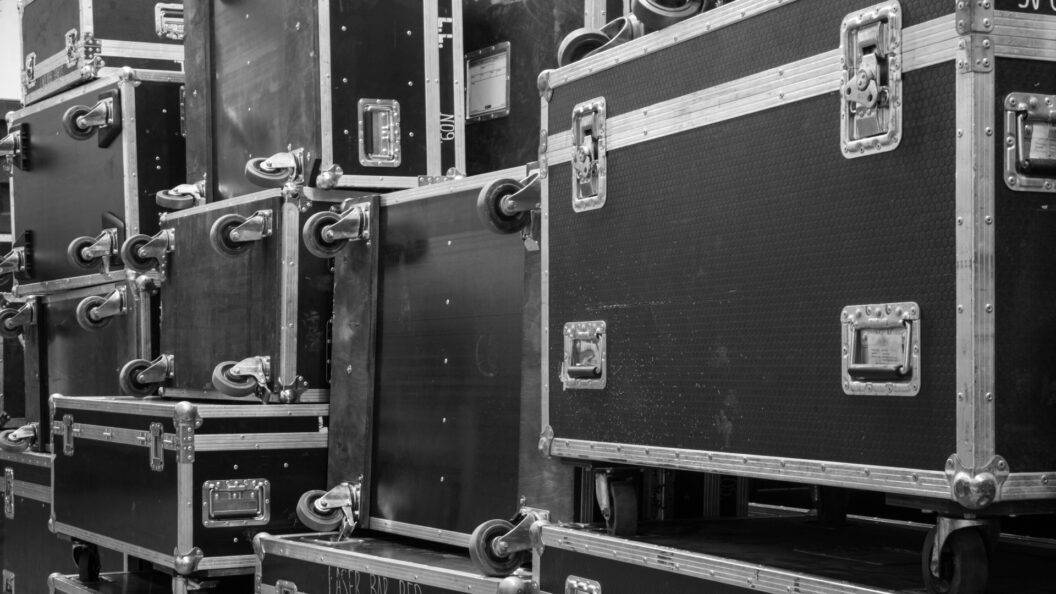Touring is a thrilling but complex endeavor for musicians and their teams. Behind every successful show is a well-executed logistics plan. Transporting musical gear safely and on time is crucial for ensuring that every performance goes off without a hitch. From delicate instruments to bulky amplifiers and stage equipment, the safe and timely delivery of gear can make or break a tour. Here’s a guide to managing the logistics of transporting musical gear on tour.
1. Planning and Pre-Tour Preparation
The key to successfully transporting musical gear begins with meticulous planning. Before hitting the road, tour managers must create a detailed inventory of all the equipment that will need to be transported. This includes instruments, amplifiers, sound equipment, lighting rigs, and any specialized gear. Organizing this inventory will help in determining the size and type of vehicles required, whether trucks, vans, or trailers, and how the equipment will be packed for safe transport.
Additionally, research the specific needs of each venue. Some locations may have limited access for large vehicles or specific rules for loading and unloading. Addressing these logistical challenges in advance can help prevent delays or complications on the day of the show.

2. Choosing the Right Transport Method
Depending on the size and scope of the tour, there are several transport options to consider:
- Dedicated tour trucks: For larger tours, it’s common to use dedicated trucks outfitted specifically for musical equipment. These trucks are designed to safely store and transport gear over long distances and often come with specialized equipment for loading and unloading heavy or fragile items.
- Vans and trailers: Smaller tours or regional performances may require more modest transport options, such as vans or trailers. These provide flexibility for local travel but may require more careful packing due to space limitations.
- Air freight: For international tours, some musical gear may need to be transported by air. In this case, robust packing and protective cases are critical, as airline baggage handling can be rough on sensitive instruments.
When selecting a transport method, consider not only the size of the gear but also the route. Will the tour cross borders? Will equipment need to be moved quickly between venues? These factors influence the decision on how to transport musical equipment most efficiently.
3. Packing and Protecting Gear
Musical instruments and equipment can be fragile, and improper handling can lead to costly damages. To ensure safe transport, it’s essential to use protective cases and padding. Here are a few tips for packing gear:
- Hard cases: Invest in hard-shell cases for all instruments. These provide maximum protection against impacts during loading, unloading, and transit. Ensure that the cases fit each instrument snugly to prevent movement within the case.
- Foam padding and shock absorption: For larger items such as amplifiers or speakers, use foam padding and shock-absorbent materials to protect them from vibrations during transport.
- Securely pack and label gear: Use straps, tie-downs, and padding to secure all items inside the vehicle. Label each piece of gear clearly to ensure quick identification and prevent mix-ups, particularly when there are multiple bands or acts on the same tour.
4. Utilizing Load Boards for Efficient Transport Solutions
For tours that require flexible and cost-effective transportation options, using load boards like shiply.com can be an excellent solution. Shiply.com connects tour managers with transport providers who can bid on transporting musical gear, offering a range of options that fit the needs of the tour.
With the added benefit of real-time communication with transport providers, load boards can make managing the logistics of musical gear transport much smoother and more reliable.

5. Insurance and Contingency Plans
Even with the best planning, things can go wrong during a tour. It’s essential to have insurance in place to cover potential damages or loss of musical equipment. Tour insurance should cover everything from theft to accidental damage during transport.
Having contingency plans is equally important. This could mean carrying spare instruments, knowing where to rent replacement gear in case of an emergency, or having a repair kit on hand for quick fixes. These backup plans can save a show when unexpected issues arise.
Conclusion
Transporting musical gear safely and on time is a critical component of any successful tour. With proper planning, the right transport methods, and secure packing, musicians can ensure that their equipment is protected throughout the journey. Managing timing and schedules, along with having backup plans in place, helps minimize disruptions and ensures that every performance runs smoothly. By mastering the logistics of touring, bands can focus on what they do best—delivering great shows to their fans.
Joe is a friend and contributing Author to Lifein12keys.com. He lives in Longwood, Florida with his wife Bethanne and sons Patrick and Joe Jr.

